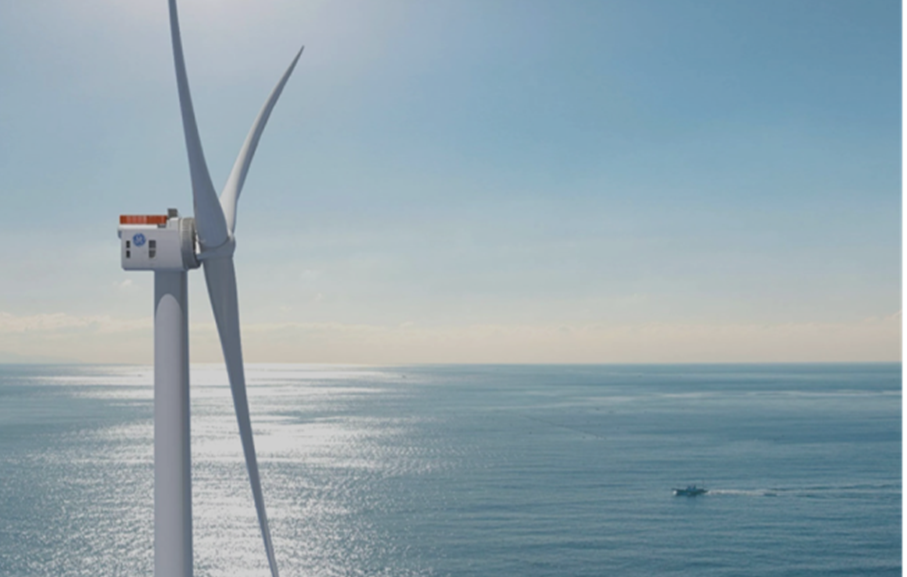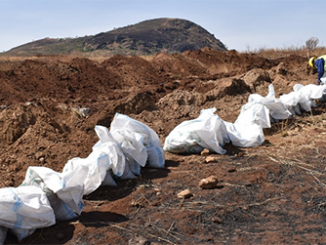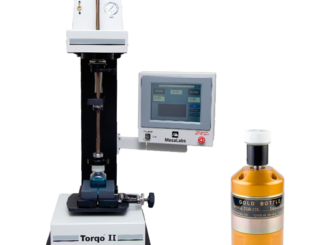
Despite prices for magnetic materials dropping recently from record highs, the outlook is strong for Neo Performance Materials’ plan to build a 100-million Euro rare earth magnet plant in Estonia. It recently received a sizeable government grant to support the effort, while higher-than-expected future demand is driving the company to consider expanding the plant’s capacity.
On November 9, it announced the grant of up to 18.7 million Euros from the Government of Estonia under Europe’s Just Transition Fund program to help pay for the cost of constructing a state-of-the-art sintered rare earth permanent magnet manufacturing facility in Estonia. Receipt of the award is a key milestone for Neo as it progresses toward an expected 2023 construction launch of the plant in Ida Viru County, located in northeast Estonia on the Gulf of Finland connecting to the Baltic Sea.
Neo anticipates onset of manufacturing operations in 2025. The plant is a key component of its rapidly advancing magnets-to-mine vertical integration strategy. The grant to Neo is the first such award to any critical materials company in the EU under the JTF program.

“Estonia is known for our secure and transparent business environment as well as e-solutions, which all support the ease of doing business,” said Estonia’s Prime Minister Kaja Kallas in announcing the award. “We are pleased that Neo Performance Materials has chosen Estonia as its new production and R&D base for its strategic growth areas. This also contributes to supporting the green energy transition in Europe.”

“This vertically integrated rare earth manufacturing capacity will help Europe move closer to achieving its greenhouse gas reduction and climate resiliency goals,” noted Constantine Karayannopoulos, CEO of Neo. “Further, in our design for this facility, we intend to set a new standard of sustainability and recycling and to show that circular economics can be made integral to advanced material manufacturing in a manner that benefits the environment as well as shareholders and investors.”
Once in operation, the facility will allow Neo to offer a sought-after magnets-to-mine option to its customers in Europe and North America. The first phase of the plant is designed to produce approximately 2,000 tons per year of sintered rare earth permanent magnet block. Neo plans to integrate recycling into its operations to maximize the circular economics of the plant.
Neo has been in advanced commercial discussions for several years with multiple magnet customers in Europe. The discussions indicate a level of demand for sintered rare earth magnets that far exceeds the planned Phase 1 production capacity, says the company, so it is now considering plans to increase the plant’s capacity to 5,000 tons per year in a Phase 2 expansion. If sintered rare earth magnet demand continues its current growth trajectory, as the company expects, it intends to examine the possible construction of a similar facility in North America.
The separated magnetic rare earth oxides that will be used to produce the magnets are expected to be produced in Neo’s existing rare earth and rare metals production facility in Sillamae, currently the only industrial-scale rare earth separations plant in full-scale operation in Europe.
One of the world’s most geographically diverse processors of rare earth materials, among Neo’s current rare earth feedstock sources is a mixed rare earth carbonate produced by Energy Fuels in the state of Utah, USA. Neo is also pursuing a number of additional potential sources of rare earth material from prospective mines in Greenland, Australia, and other countries.
Prices soften from record highs for rare-earth magnetic materials
Separately, the price-decline situation came up in the company’s most recent financial report, issued November 11, covering the period of nine months up to September 30. For the three and nine months ended September 30, 2022, consolidated revenues for the company of $146.6 million and $481.1 million were 22.4% and 24.7% higher, respectively, than the corresponding periods of 2021. All three segments of its lines of business experienced higher revenues.
Selling prices for rare earth products, including Magnequench powders, rose significantly starting from the fourth quarter of 2020 and through the first quarter of 2022. However, by the third quarter of 2022, rare earth prices declined 30% to 40% from the peak in the first quarter of 2022, although they remain almost 100% higher than recent historical norms. Neo benefited from rising prices from the fourth quarter of 2020 to the second quarter of 2022 and was adversely affected by the rapid decline in prices in the third quarter of 2022.
The overall pricing and margin environment is higher than historical trends but quarterly results are positively (when prices are rising) or negatively (when prices are falling) affected due to the lead-lag effect of higher cost inventory on hand. In addition to lower margin on sales in the quarter, Neo recorded $8.0 million of provisions for inventories in the third quarter, related to higher cost inventory on hand, relative to lowered selling prices. In the long term, there are higher dollar value margins available with higher prices.
Operationally, Neo reported significant increases in revenue and earnings year-over-year. Magnequench saw weaker volume across the majority of its applications due primarily to customer slowdowns in Asia related to COVID-19 and the slowdown in automotive due to the semiconductor chip shortage.
For the three and nine months ended September 30, 2022, revenue in the Magnequench segment of $67.4 million and $219.8 million, respectively, were higher by 12.2% and 14.0%, respectively, over the prior-year periods. Volumes in the segment saw a decline with respect to the prior-year period as well as sequentially, driven largely by the recent spike in COVID-19 cases and resulting shutdowns in Asia, several natural disasters impacted production facilities and customers, and the on-going semiconductor chip shortage.
Margins per ton in the Magnequench segment remained strong in the quarter despite being lower than in the first half of 2022. Magnequench has pass-through pricing agreements on the vast majority of its sales contracts, and with rare earth magnetic prices having declined from March 2022, Magnequench is beginning to see a reversal of the lead-lag benefit in the three months ended September 30, it said. Overall for the 9-month period, Magnequench volume decreased 21% from 4,608 tons in 2021 to 3,620 tons this year, yet revenues rose by 14% from $193 million in 2021 to $220 million this year. For more info, see www.neomaterials.com.



